Cynthia Yeh’s solo tour de force ends the CSO’s year with bells ringing
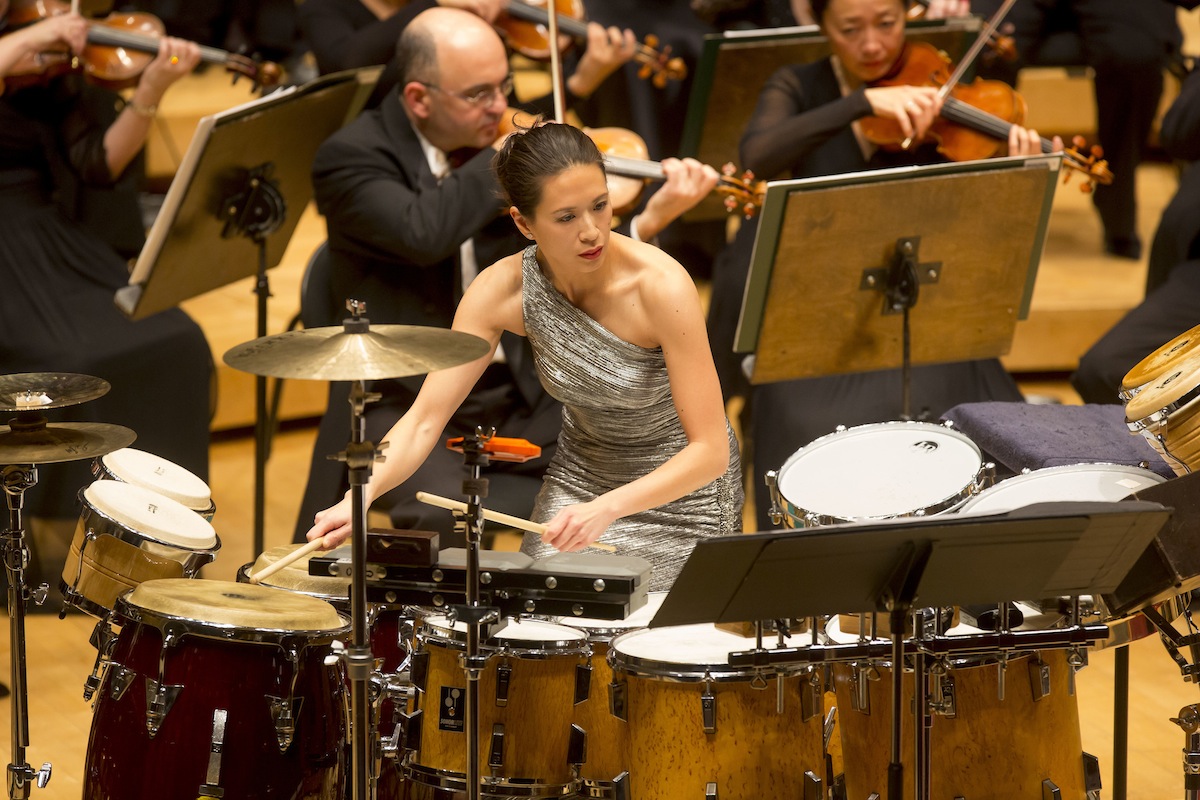
The Chicago Symphony Orchestra is closing the year on a high note. Manfred Honeck brought bristling excitement to a standard Austro-German program last week. And, for its final concerts of 2014, Carlos Miguel Prieto led the CSO in an unusually adventurous program of 20th-century works Thursday night that featured a celebrated percussion concerto, a Mexican showpiece and a still-neglected masterwork of the 20th century. Prieto was a sure guide throughout the evening in the kind of rich and varied program that the CSO should be presenting more often.
The clear audience favorite was James MacMillan’s Veni, Veni, Emanuel, heard in its belated CSO subscription debut. The Scottish composer’s flashy 1992 percussion concerto was an unlikely international smash success, making a star of his compatriot Evelyn Glennie, the soloist who gave the work its premiere at London’s Proms Concerts (she performed it with the CSO at Ravinia in 2002) and the concerto remains MacMillan’s most widely performed work.
Veni, Veni, Emanuel may not be MacMillan’s finest music but it is undoubtedly a great percussion concerto, offering brilliant display opportunities on a wide variety of instruments without neglecting expressive possibilities.
As with all MacMillan works, the concerto also reflects the composer’s Roman Catholic faith. Cast in five sections, the music draws on 15th-century French plainchant in a narrative with a firm Advent foundation. The heartbeats that recur throughout represent the human presence of Christ, says the composer, as the music moves (in a “liturgical detour”) from Advent to Easter. While there is no percussion in the orchestra (apart from timpani) at the coda reflecting the risen Christ, all of the orchestra musicians put their instruments down to play little bells, before the final note of the soloist’s chimes fades in a long shimmering diminuendo.
Spiritual inspiration apart, it’s hard not to sit back and just enjoy Veni, Veni, Emanuel on its own brilliant coloristic surface merits, as well as the fascinating visual of watching the soloist negotiate a music-shop panoply of percussion instruments.
Cynthia Yeh was the soloist and the CSO’s principal percussionist was an athletic, hard-working wonder, tackling the bewildering bestiary of instruments arrayed across the center of the stage (marimba, tam-tams, congas, snare drums, tom-toms, timbales, pedal bass drum, six Chinese gongs) in a tour de force turn with spot-on attacks and strong rhythmic impetus. But Yeh also brought fine dynamic gradation and expressive delicacy, as with her mellow-toned marimba playing, and allowing the chimes’ long resonating final note to fade into absolute silence. (On Thursday Prieto seemed willing to throw in the towel several seconds earlier than the exacting soloist.)
The conductor and Yeh’s CSO colleagues provided full-tilt support. Normally ensconced at the back of the stage, Yeh appeared shy about walking to the crowded front center for her solo bow but Prieto took the petite percussionist by the hand and onto the conductor’s podium to receive the huge and deserved resounding ovation.
Witold Lutoslawski’s Concerto for Orchestra was the other main work on the program.
The Polish composer enjoyed a late professional affiliation with the CSO. His Symphony No. 3 was commissioned by the orchestra and premiered under Sir Georg Solti in 1983. (The CSO recorded the Third Symphony and Concerto for Orchestra under Daniel Barenboim a decade later, and that Erato disc remains one of the finest recorded documents of an uneven Barenboim/CSO discography.)
Written in 1954, Lutoslawski’s Concerto for Orchestra, is a masterpiece of the 20th century— distinctive, substantial, and a more unified and satisfying work than Bartok’s better known concerto in the same genre. Cast in three movements, it balances a tough and dramatic opening with lucid luminosity in the second section and a fast, light Mendelssohnian vivace. The third and final movement is larger than the first two movements put together—a sprawling Passacaglia that brings material together in an individual fashion with urgency and imagination while offering opportunities for all orchestral sections and building with inexorable momentum to a resonant coda.
Prieto led a superb performance notable for transparency and keeping grasp of the overall architecture. He allowed the folk-like elements to emerge (as with the violin solos over flute and clarinet in the first movement) as well as the playfulness of the airy, shimmering music of the second section.
The performance reached its peak with an inspired finale, the Passacaglia theme stated by hushed basses and quickly moving to piano and other instruments. At times Prieto’s touch was a bit metrical in the slower sections yet the big moments registered clearly and forcefully. After 60 years, Lutoslawski’s Concerto for Orchestra can still pack a wallop as it did Thursday night with great intensity to the driving string riffs and rolling crescendoes. The orchestra excelled in all departments with especially inspired work by the strings and brass.
The Lutoslawski was preceded by an item from one of Prieto’s compatriot composers, Silvestre Revueltas’ Sensaymaya. Revueltas crams a lot into this seven-minute showpiece inspired by a poem detailing the ceremonial sacrifice of a snake. Gene Pokorny launched the piece with an atmospherically serpentine tuba solo and Prieto led the CSO in a vital performance that brought out the primitive rhythmic impact of Sensaymaya, also heard in its belated CSO debut.
The evening led off with the Lieutenant Kije Suite. As popular as these excerpts from Prokofiev’s first film score are, the music, amazingly, has not played by the CSO downtown in 37 years, since Claudio Abbado led the last performance (also recorded and available on DG).
Prieto led a vivid and characterful performance, nicely plumbing the Russian nostalgia of the “Romance,” the energetic sleigh ride of “Troika” and the overall satiric tartness of the music. There was worthy playing by the entire ensemble and several fine individual contributions not least from guest flutist Lorna McGee (Pittsburgh Symphony Orchestra principal) and Christopher Martin, who floated especially evocative offstage trumpet solos.
The program will be repeated 8 p.m. Saturday. cso.org; 312-294-3000.
Posted in Performances
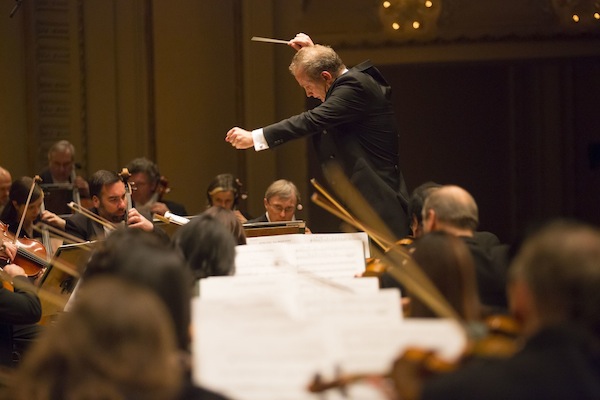


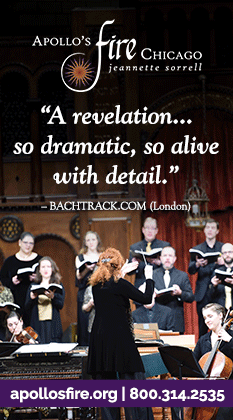
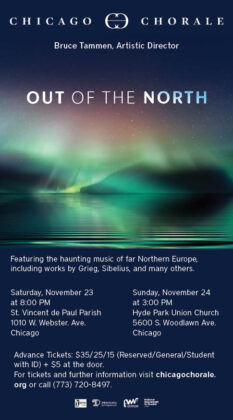
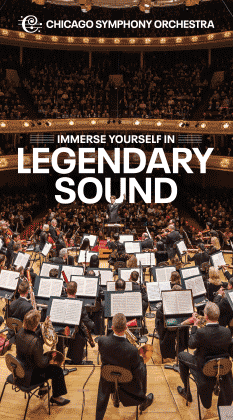
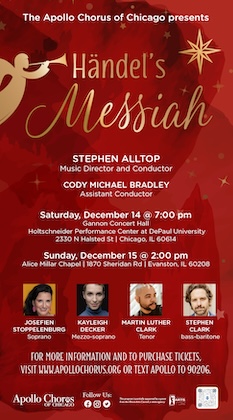
Posted Dec 19, 2014 at 3:57 pm by Frank Monnelly
This review is spot on. A wonderful combination of the familiar, Sensamaya and Lieutenant Kije and unfamiliar, Veni, Veni Emanuel and Concerto for Orchestra.
An added highlight was the pre-concert talk by William White. Mr. White was cogent in his remarks and enthusiastic in his delivery.
Posted Dec 21, 2014 at 11:29 am by Peter-D-G
We were at the Saturday performance. The house was 30% empty. How sad! Just reading the calendar listing, the program didn’t sound too attractive, so I first passed it up (and we went to last weeks Beethoven 7th, etc. instead). But then I went to the open rehearsal on Thursday and found each of the 4 pieces “not to be missed”. So we went back. Got first balcony front row center seats. Wow! What a performance. My condolences to all the people who left their seats empty. [ Pre-concert lecture – William White – he’s great – on par with Rapchak ]
Posted Dec 28, 2014 at 6:20 pm by Dan Kaplan
We too were at the Saturday performance. The orchestra’s and soloist’s playing were superb. The large number of empty seats was disappointing, but also predictable in view of the all-20th-century program. We were not put off by the adventurousness of the programming, but, with the exception of the Kije suite, we found it a bit too fast and noisy! There’s no reason an all-20th-century program can’t have as much variety as one that spans the centuries. Why not feature some of the too-neglected works of Hindemith, or Piston, or Hovhaness, for example?
Did anyone else feel this way?
Posted Jan 03, 2015 at 9:54 am by Tod Verklårung
I have had the same thought as Dan Kaplan re: “neglected” works since Jean Martinon left the CSO in 1968. Few people seem bothered by this and there is no evidence that Maestro Muti cares about such matters, unless you consider Ennio Morricone an undiscovered genius. I will put this in perspective: the Cubs are likely to win the World Series before the CSO makes a serious commitment to the neglected masterpieces of the 20th century.